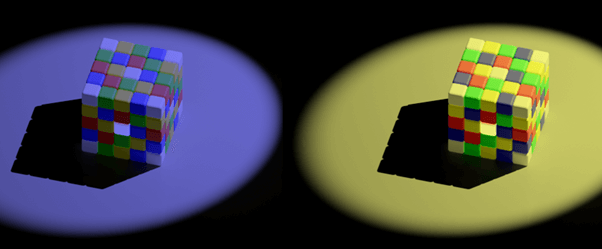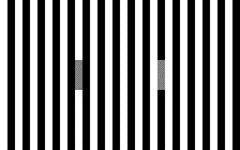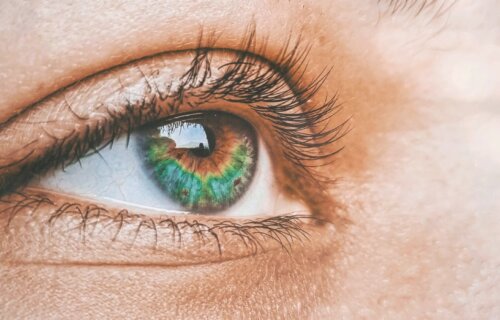EXETER, United Kingdom — Missteps of the mind often take the blame for optical illusions, but fascinating new findings suggest many visual illusions are actually the result of limitations in the way our eyes and visual neurons function, as opposed to any higher-level mental processes.
Scientists at the University of Exeter examined and analyzed numerous illusions characterized by an object’s surroundings affecting the way we see its color or pattern to reach these conclusions. Both scientists and philosophers have debated over optical illusions for centuries. Are these illusions due to neural processing in our eyes and low-level visual centers in the mind, or do they stem from more complex mental processes such as context and prior knowledge?
For this latest project, Dr. Jolyon Troscianko co-developed a model indicating simple limits to neural responses, not deeper psychological processes, explain such illusions.
“Our eyes send messages to the brain by making neurons fire faster or slower,” says Dr. Troscianko, from the Centre for Ecology and Conservation on Exeter’s Penryn Campus in Cornwall, in a university release. “However, there’s a limit to how quickly they can fire, and previous research hasn’t considered how the limit might affect the ways we see color.”

The new model combines this “limited bandwidth” with data pertaining to how humans perceive patterns at different scales, as well as an assumption that our vision performs best when we are looking at natural scenes. Developed by researchers at the Universities of Exeter and Sussex, the model predicts how animals see color, but it also appears capable of correctly predicting many visual illusions seen by humans.
“This throws into the air a lot of long-held assumptions about how visual illusions work,” Dr. Troscianko adds.
This work also sheds much much-needed light on the popularity of high-definition televisions.

“Modern high dynamic range televisions create bright white regions that are over 10,000 times brighter than their darkest black, approaching the contrast levels of natural scenes,” Dr Troscianko notes. “How our eyes and brains can handle this contrast is a puzzle because tests show that the highest contrasts we humans can see at a single spatial scale is around 200:1. Even more confusingly, the neurons connecting our eyes to our brains can only handle contrasts of about 10:1.”
“Our model shows how neurons with such limited contrast bandwidth can combine their signals to allow us to see these enormous contrasts, but the information is ‘compressed’ – resulting in visual illusions. The model shows how our neurons are precisely evolved to use of every bit of capacity,” the study author concludes. “For example, some neurons are sensitive to very tiny differences in grey levels at medium-sized scales, but are easily overwhelmed by high contrasts. Meanwhile, neurons coding for contrasts at larger or smaller scales are much less sensitive, but can work over a much wider range of contrasts, giving deep black-and-white differences.”
“Ultimately this shows how a system with a severely limited neural bandwidth and sensitivity can perceive contrasts larger than 10,000:1.”

The study is published in PLoS Computational Biology.
You might also be interested in:
- Best Easy Magic Tricks: Top 5 Sleight-Of-Hand Illusions Recommended For Beginners
- Is consciousness an illusion? New theory claims the unconscious brain makes all decisions
- Optical Illusions: Majority Of Seniors Mistakenly Think They Still Have Good Eyesight

